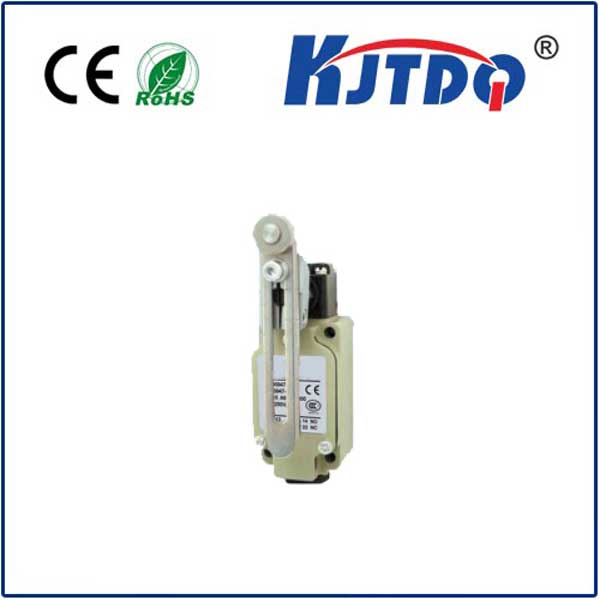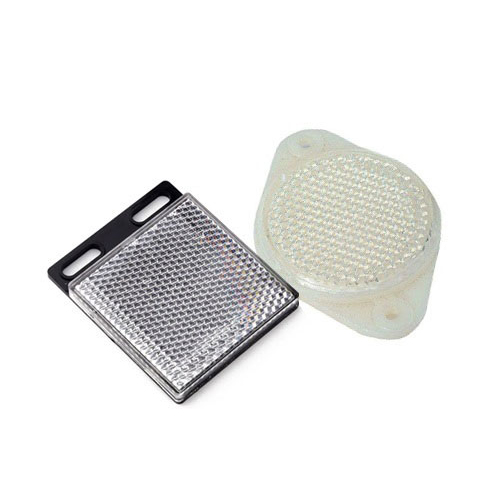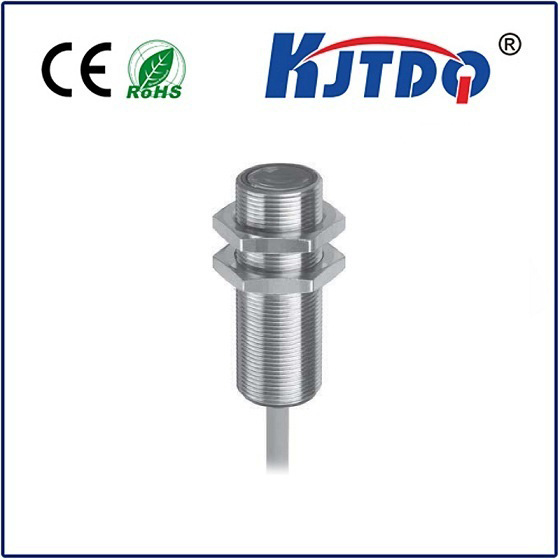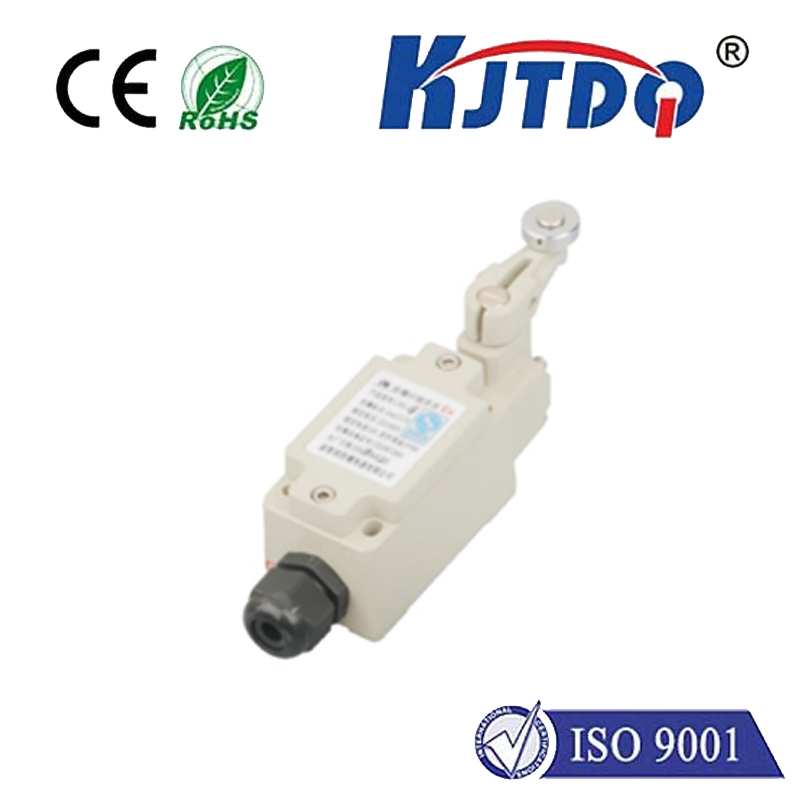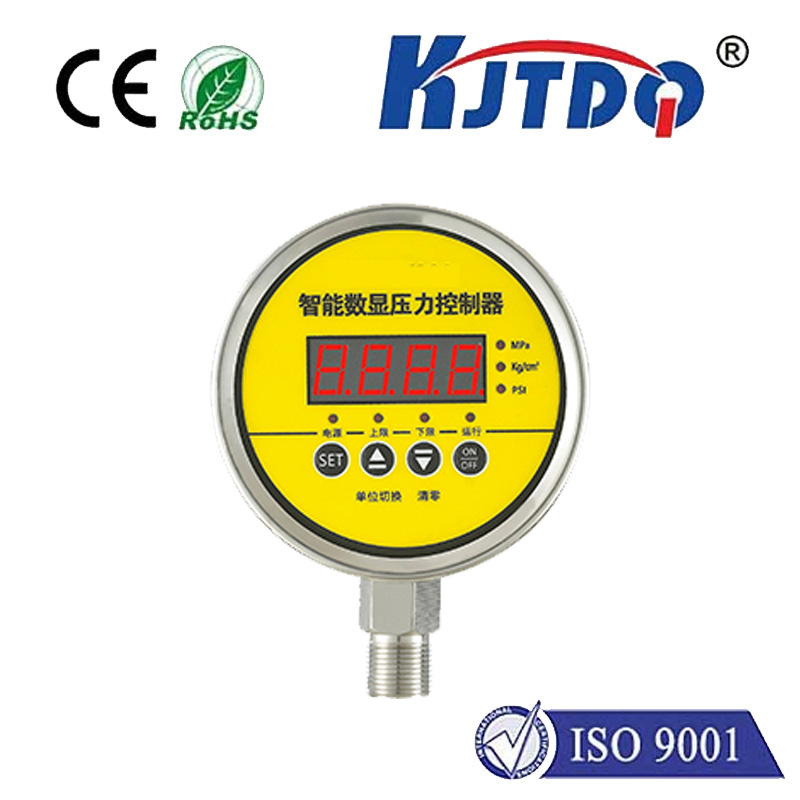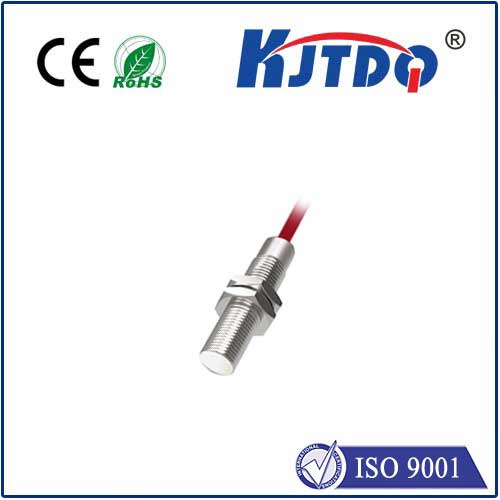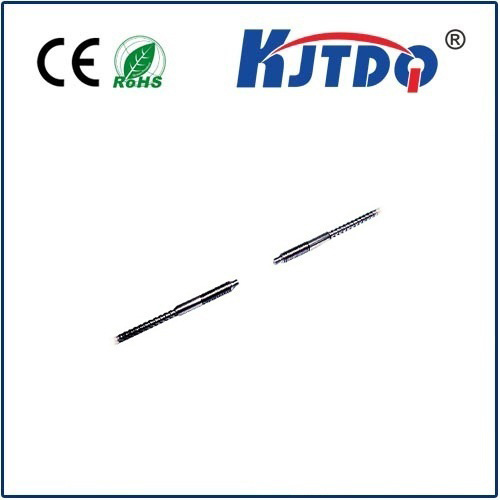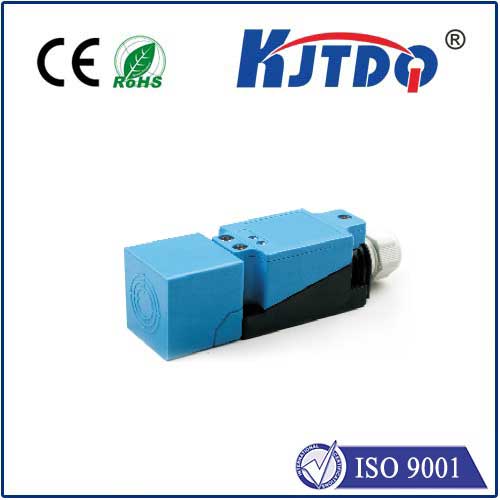Тип датчика приближения
- time:2025-07-11 01:17:29
- Нажмите:0
Decoding Proximity Sensor Types: The Unseen Detectives of Modern Automation
Imagine reaching into darkness, instantly knowing if an object is near without actually touching it. That’s essentially the superpower we’ve bestowed upon machines through proximity sensors. These remarkable, often overlooked devices form the backbone of countless automated processes, safety systems, and smart gadgets. Far more sophisticated than basic touch, different proximity sensor types employ unique physical principles to achieve non-contact detection, revolutionizing how machines interact with the physical world. Understanding the core Тип датчика приближения (types of proximity sensors) is crucial for engineers, technicians, and anyone involved in designing or maintaining automated systems, unlocking the right tool for every detection challenge.
At their heart, all proximity sensors share a common mission: to detect the presence or absence of an object within a defined range without physical contact. This contactless operation is key, preventing wear and tear and enabling high-speed detection in environments where touch is impractical or hazardous. They achieve this by generating a field or beam and monitoring how a target object influences it. The specific type of proximity sensor used is defined by how it generates this field and what property of the object it reacts to. Let’s explore the most common proximity sensor types dominating industrial and consumer applications:

- Inductive Proximity Sensors: Masters of Metal Detection
- Principle: These rely on electromagnetic induction. The sensor generates an oscillating electromagnetic field. When a metallic object (specifically ferrous metals like iron or steel for standard types, but specialized versions exist for non-ferrous) enters this field, it induces small eddy currents within the metal. This disturbs the original field, which the sensor’s circuitry detects.
- Key Advantages: Highly reliable, robust construction ideal for harsh industrial environments (resistant to dust, oil, vibration). Excellent for detecting ferrous metals. Long operational life due to no moving parts. High switching speeds possible.
- Common Applications: Detecting metal parts on assembly lines (position, count), machine tool safety, conveyor systems, position sensing in cylinders, metal detection in various machinery. Sensing range is typically proportional to sensor size and coil design.
- Capacitive Proximity Sensors: Beyond Just Metal
- Principle: These sensors function like an open capacitor. The sensor face is one plate, and the target object (or the sensor’s internal circuitry and ground) forms the other. When any object – metal, plastic, wood, liquid, powder – enters the electrostatic field, it alters the capacitance. This change is detected by the sensor’s circuitry.
- Key Advantages: Can detect virtually any material. Excellent for non-metallic object detection (glass bottles, plastic cartons, wood panels, liquids in tanks). Can often sense through thin non-metallic walls (tank level detection). Adjustable sensitivity is common.
- Common Applications: Liquid level detection, material presence in bins/silos (powder, granules), detecting filled bottles or plastic containers, monitoring paper or wood stacks, touch interfaces (indirectly). Effective range depends on the material’s dielectric constant.
- Ultrasonic Proximity Sensors: The Echo Experts
- Principle: These sensors emit high-frequency sound waves (ultrasound - beyond human hearing) and listen for the echo. By measuring the time between the emission and the return of the reflected sound wave, they calculate the distance to the object. Some versions use separate transmitters and receivers (through-beam), while others combine them (reflector or diffuse mode).
- Key Advantages: Can detect objects regardless of color, transparency, or material (as long as they reflect sound adequately). Effective over longer distances compared to inductive or capacitive types. Reliable in environments with dust, smoke, or fog where optical sensors struggle. Can provide precise distance measurement.
- Common Applications: Object detection on AGVs (Automated Guided Vehicles), palletizing/depalletizing systems, liquid level sensing in open or closed tanks, collision avoidance, loop control, height detection. Performance can be affected by extreme temperature variations or wind.
- Photoelectric Proximity Sensors: The Light-Based Sentries
- Principle: These sensors use light (visible, infrared, or laser) to detect objects. There are three main sub-types:
- Through-Beam: Separate emitter and receiver; detection occurs when the object interrupts the light beam. Longest sensing range.
- Retroreflective: Emitter and receiver in one unit; light beam bounces off a reflector back to the receiver. Detection occurs when the object breaks the beam to the reflector. Good range.
- Diffuse (Reflective): Emitter and receiver in one unit; detects light reflected directly off the target object itself. Shorter range, simplest setup. Modern versions often incorporate background suppression (BGS) for better reliability.
- Key Advantages: Very long sensing ranges possible (especially through-beam). Fast response times. Capable of detecting small objects. Can distinguish between colors or shades in some specialized models (color sensors, contrast sensors).
- Common Applications: Object counting on high-speed lines, bottle/can detection in filling plants, web break detection in printing/paper, registration mark detection, package sorting, door safety curtains, security systems. Dust, fog, or intense ambient light can interfere.
- Magnetic Proximity Sensors: Simple & Rugged Switch Activators
- Principle: These sensors detect the presence of a permanent magnet. Common types include Reed Switches (glass-enclosed ferromagnetic contacts that close when a magnetic field is present) and Hall Effect Sensors (semiconductor devices generating a voltage proportional to magnetic field strength).
- Key Advantages: Extremely simple and reliable. Low power consumption (Reed switches). Can operate via non-magnetic barriers. Inexpensive. Hall Effect sensors offer speed and positional precision.
- Common Applications: Door/window position sensing in security and automation, detecting position of pneumatic/hydraulic cylinders (using embedded magnets), limit switching in machinery, speed sensing (measuring rotation via passing magnets). Requires a magnet on the target.
Choosing the Right Jenis Proximity Sensor: Key Considerations
Selecting the optimal датчик приближения isn’t about finding the “best” type universally, but the best fit for your specific application. Ask these critical questions:
- What material is the target object? (Metal? Plastic? Liquid? Magnet?) This is often the primary determinant.
- What is the required sensing distance (range)? Different types have vastly different effective ranges.
- What is the physical environment like? (Dust? Oil? Water? Vibration? Temperature extremes? Ambient light noise?)
- What output signal is needed? (Digital On/Off switch? Analog distance signal? NPN/PNP transistor? Relay?)
- What size and shape constraints exist? Sensor housing must physically fit.
- What are the response time and switching frequency requirements? How fast does detection need to be?
- What is the budget?
For instance, detecting a steel gear tooth in an oily environment calls for a rugged индуктивный датчик. Checking if a plastic bottle is present on a conveyor likely requires a конденсаторный датчик or

